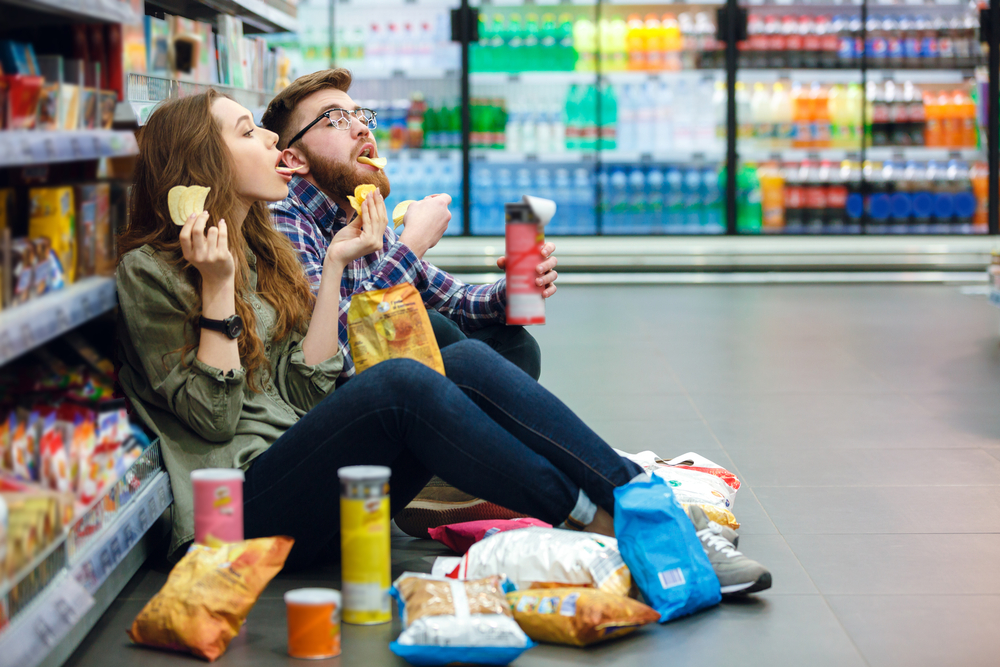Shopping Hungry? Psychology Trick Could Stifle Bad Food Choices

It's a scenario you've probably experienced: You go to the supermarket hungry, and you end up with a shopping cart filled with foods you probably wouldn't buy if you weren't feeling famished.
But researchers from the Netherlands may have found a way to make healthier choices when shopping hungry.
It's true that "when people are hungry, they tend to make impulsive decisions," said lead study author Tracy Cheung, a doctoral candidate in psychology at Utrecht University in the Netherlands. [The Science of Hunger: How to Control It and Fight Cravings]
Think of the phrase, "[your] eyes are bigger than [your] stomach" — you buy too much food, more than you actually need, for example, Cheung said. Or people may pick out tasty, but unhealthy foods that are immediately satisfying.
But in the new study, published online May 11 in the journal Appetite, Cheung and her team wanted to see if this impulsivity could be used to help people make healthy choices.
The researchers hypothesized that "because hungry people are impulsive, they would be more likely to use heuristics, which are essentially mental shortcuts or decisional rules of thumb," Cheung told Live Science.
In the study, the researchers used a type of heuristic called the "social proof heuristic." Basically, this type of heuristic is just being a copycat, Cheung said, and doing what the majority is doing.
Get the world’s most fascinating discoveries delivered straight to your inbox.
The study consisted of two experiments. In the first, about 200 participants were asked to take an online survey, which included a question about how hungry they felt on a scale of 1 (not at all) to 7 (very hungry). Then, the participants were presented with six pairs of foods, one healthy (such as a salad) and one unhealthy (such as a quesadilla). But half of the participants were given additional information: For each of the food pairs, a bar graph showed that most "previous participants" had selected the healthier choice. This served as the social-proof heuristic.
The second experiment was similar, but instead of surveying people online, the researchers included hungry people in the real world: They visited a cafeteria and surveyed people who were about to eat, comparing them to people who had just eaten. As in the first experiment, the nearly 190 people were asked to choose between several pairs of foods, with a healthy choice and an unhealthy choice. Half of the participants were also presented with the social-proof heuristic, in this case, a pie chart showing that most "previous participants" had selected the healthier option.
The researchers found that when hungry people saw a chart that promoted the healthier choice, without explicitly hearing that it was the healthier choice, they would opt for the healthy option, Cheung said.
"The big takeaway is that impulsivity, as experienced in a pang of hunger, isn't always bad," so long as there are signals in the environment that promote healthy food choices, Cheung said. Such signals could include arrows in the grocery store leading to the fresh produce section or fresh fruit placed next to the cash registers, the researchers wrote in the study.
By installing these heuristics to promote healthy choices, "an impulsive choice could be turned into a healthy choice," Cheung said.
Originally published on Live Science.




